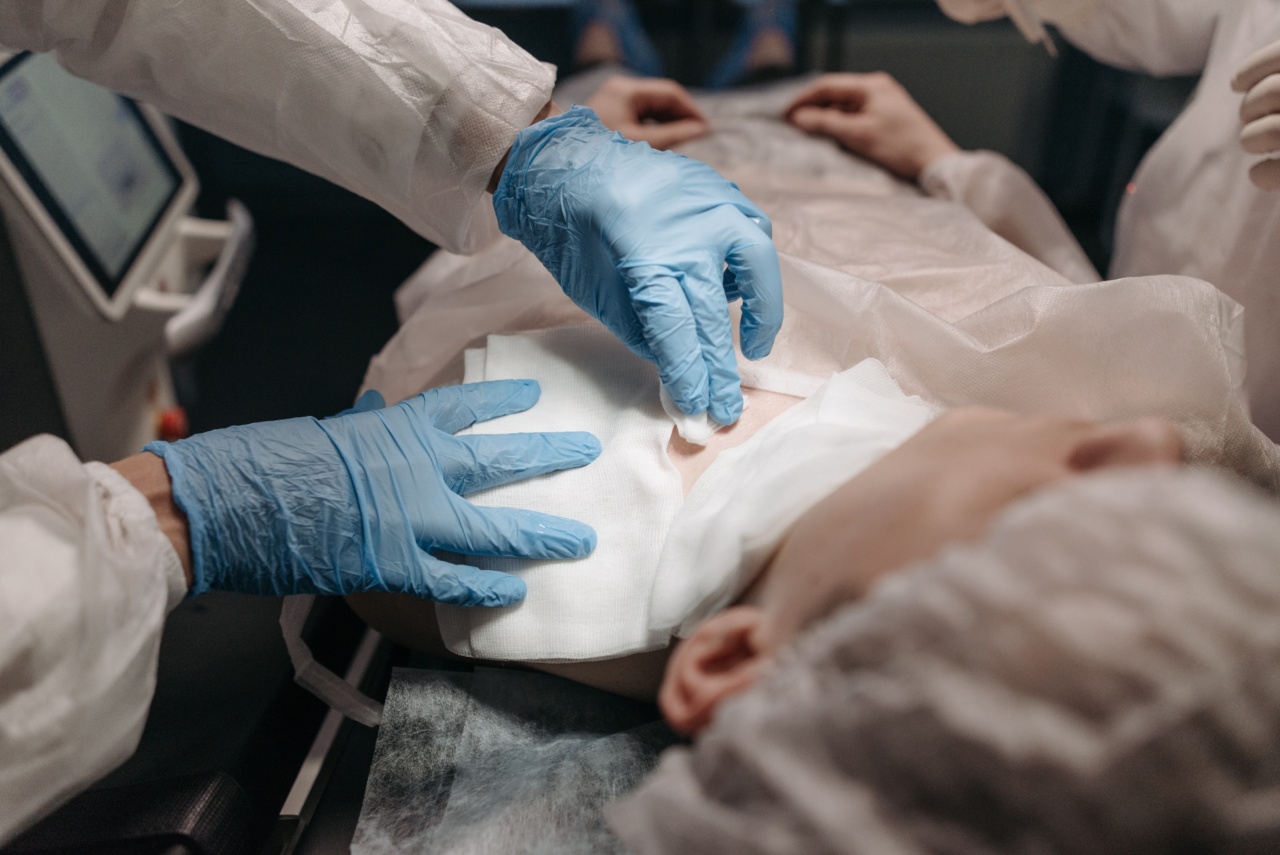If you are having partial abdominal surgery, one of the options you may consider is the Titan procedure. This minimally invasive surgical procedure is designed to treat hernias, as well as other abdominal issues, without the need for open surgery.
What is Titan procedure?
The Titan procedure is a surgical technique that uses a small incision to access the abdominal cavity. The surgeon then uses a laparoscope, a thin, flexible tube with a camera on the end, to see inside the abdomen and perform the surgery.
The procedure is named after the Titan system, a specialized set of surgical instruments that are used during the procedure.
What are the benefits of the Titan procedure?
The Titan procedure offers several benefits over traditional open surgery, including:.
- Minimal scarring: The small incision used for the Titan procedure results in minimal scarring compared to open surgery, which typically requires a larger incision.
- Faster recovery: Because the Titan procedure is less invasive, patients typically experience a faster recovery time than they would with open surgery.
- Reduced risk of complications: Because the Titan procedure is less invasive, there is a reduced risk of complications such as infection, bleeding, and hernia recurrence.
Who is a good candidate for the Titan procedure?
The Titan procedure is typically recommended for patients who have a hernia or other abdominal issue that requires surgical intervention.
The procedure may not be appropriate for everyone, however, and your surgeon will need to evaluate your individual situation to determine whether or not the Titan procedure is the right choice for you.
What happens during the Titan procedure?
During the Titan procedure, you will be given general anesthesia to ensure that you are comfortable and sedated throughout the surgery. Once you are under anesthesia, your surgeon will make a small incision in your abdomen and insert the laparoscope.
The laparoscope will allow your surgeon to see inside your abdomen and perform the surgery using the specialized Titan instruments.
After the surgery is complete, your surgeon will remove the laparoscope and close the incision with stitches or surgical glue. You will then be taken to a recovery room where you will be monitored closely as you wake up from the anesthesia.
What is the recovery process like?
The recovery process after the Titan procedure is typically faster and less painful than it is after traditional open surgery. Most patients are able to return to normal activities within a few days to a week after the surgery.
You may experience some mild discomfort and swelling around the incision site, but this should subside within a few days. Your surgeon will provide you with specific instructions for caring for the incision site and monitoring your recovery.
What are the potential risks and complications of the Titan procedure?
As with any surgical procedure, there are potential risks and complications associated with the Titan procedure. These may include:.
- Infection: There is a small risk of infection following any surgical procedure.
- Bleeding: In rare cases, the Titan procedure may cause bleeding within the abdominal cavity.
- Organ damage: There is a small risk of accidentally damaging an organ during the procedure.
- Hernia recurrence: While the Titan procedure is designed to treat hernias, there is a small risk of hernia recurrence following the surgery.
Conclusion
The Titan procedure is a minimally invasive surgical option that can be used to treat a variety of abdominal issues, including hernias.
If you are considering this procedure, it is important to talk to your surgeon about whether or not it is the right choice for you.























